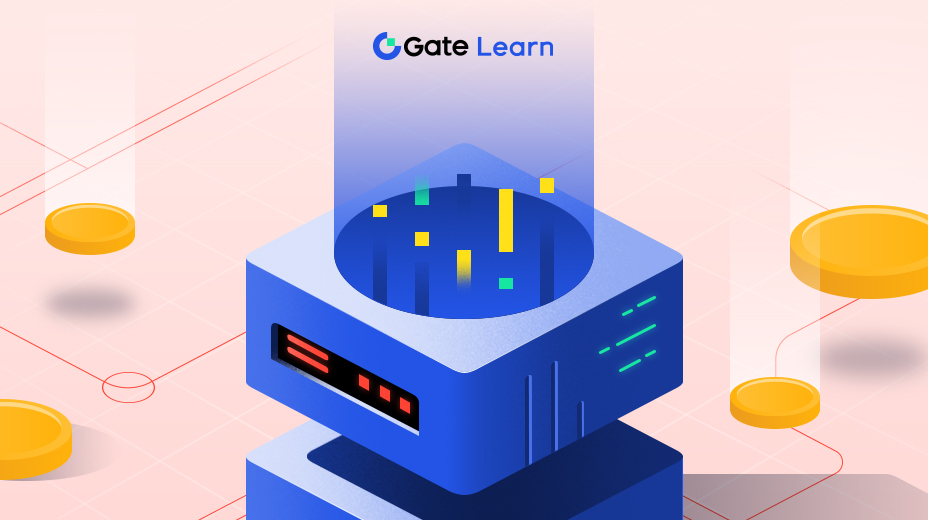瞭解 Telos 和 TLOS 代幣
這節課將帶學員深入探討 Telos 區塊鏈的技術特點,例如高交易吞吐量、低費用以及創新的治理機制。它還解釋了 TLOS 代幣在生態系統中的功能,包括治理、交易費用和資源分配,並討論了其經濟模型和互操作性功能。
Telos 區塊鏈概述
Telos 是一個為去中心化應用和智能合約設計的高性能區塊鏈。它運行於委託權益證明(DPoS,Delegated Proof of Stake)共識機制上,確保了高交易速度和可擴展性。Telos 特別關注用戶治理和擴展性,旨在解決網絡擁堵和高交易費用等常見的區塊鏈挑戰。
Telos 的主要特色

高交易吞吐量:Telos 每秒可處理高達 15,200 筆交易,是目前最快的區塊鏈之一。這得益於其優化的網絡結構和半秒區塊時間,對實時應用至關重要。
低交易費用:Telos 網絡維持極低的交易費用,遠低於以太坊等網絡。這對需要頻繁交易的應用,如遊戲和去中心化金融(DeFi)平臺,特別有利。
防止搶跑機制:Telos 實施了防止搶先交易的措施,解決了交易被預先利用獲利的常見問題。通過消除內存池並使用固定交易成本,Telos 確保了更安全、更公平的交易環境。
仲裁系統:Telos 網絡包含一個仲裁系統,用於解決網絡內的爭議。這一功能通過提供解決衝突的正式機制,提高了網絡的可靠性和信任度。
強大的治理:Telos 高度重視社區主導的治理。代幣持有人對網絡決策有重大影響力,包括協議更新和功能實施。這種民主化方式確保 Telos 能夠適應用戶和利益相關者不斷變化的需求。
$TLOS 代幣的功能

TLOS 代幣是Telos網絡的原生加密貨幣,在維護和運行 Telos 生態系統方面發揮著多重作用。以下是其主要功能概述:
- 治理:TLOS代幣持有人擁有重要的治理權利,包括對網絡更新、變更和提案進行投票。這一功能賦予了社區力量,使他們能夠直接影響網絡的發展和戰略方向。
- 交易和 Gas 費用:TLOS用於支付網絡內的交易費用,作為Telos EVM上操作的燃料。這一功能確保了網絡能夠順利運行,並保持其安全性和功能性。
- 資源分配:在Telos Zero環境中,TLOS代幣用於購買網絡資源,例如帶寬和存儲,使用戶能夠進行交易和部署智能合約。該系統確保了網絡在面對用戶需求時仍然具有可擴展性和響應能力。
- 質押:TLOS代幣持有者可以質押代幣以參與網絡安全和共識機制。質押TLOS不僅支持網絡的完整性,還允許質押者獲得獎勵,從而促進長期持有和網絡參與。
經濟模型與分配
TLOS 代幣採用了公平的分配模式發行,避免了傳統的首次代幣發行(ICO)。相反,Telos 通過 EOS 網絡的創世快照來廣泛分發 TLOS 代幣,並限制每個錢包的最大代幣數量,以確保沒有單一實體能夠對網絡產生過大的影響力。這一方法旨在促進去中心化和公平的網絡環境。
代幣遷移與互操作性
近期,Telos 擴展了 TLOS 代幣在不同區塊鏈上的應用價值。基於 LayerZero OFT 標準的新合約遷移至以太坊和 BNB 鏈等網絡,體現了 Telos 對提升互操作性和用戶可訪問性的承諾。這一遷移使得資產可以在區塊鏈網絡之間無縫轉移,從而提升了 TLOS 在多鏈生態系統中的可用性。





